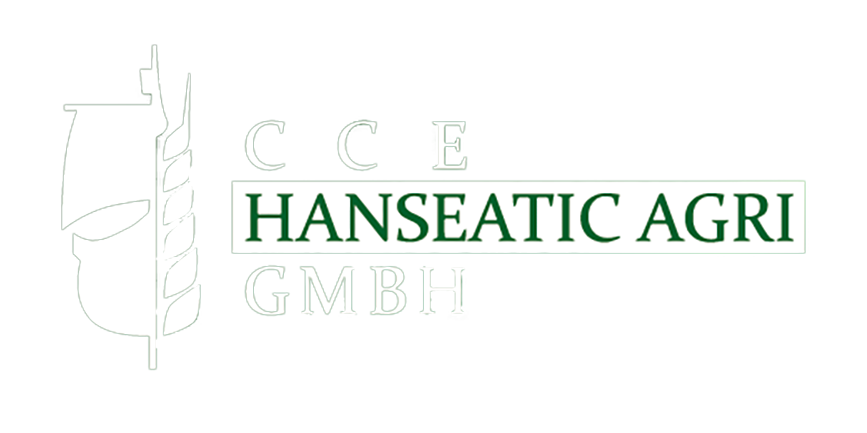Will Merger and Acquisition Activity Pick Back Up in 2024?
With the slowdown in 2023, what are the prospects for merger and acquisition activity in the pet food industry for 2024?
Answer: The pet food industry’s merger and acquisition activity in 2024 will largely depend on global economic conditions, interest rates, and investor sentiment. While the previous years saw a decline, there’s potential for a resurgence if the economic climate stabilizes, offering opportunities for pet food companies to expand and innovate. Factors to watch include:
- Economic forecasts and their impact on investment.
- Interest rates affect the cost of financing deals.
- Investor interest in the pet food sector, particularly from private equity.
How Will Consumer Spending Habits Impact the Pet Food Market?
Considering the economic pressures, how might consumer spending habits impact the pet food market’s growth in 2024?
Answer: Consumer spending habits are pivotal to the pet food market’s trajectory. Despite economic uncertainties, the demand for high-quality pet foods, including those offering balanced nutrition and essential nutrients, remains strong. Pet food companies must balance affordability with quality, ensuring their products provide complete and balanced nutrition to meet consumer expectations. Key considerations include:
- Innovating to produce cost-effective, high-quality pet foods.
- Monitoring consumer trends towards premium, nutritious pet foods.
- Adapting marketing strategies to highlight the value and quality of their products.
What Role Will Technological Advancements Play in Pet Food Production?
With the industry evolving rapidly, what role will technological advancements like AI and automation play in pet food production in 2024?
Answer: Technological advancements are set to revolutionize pet food production, enhancing efficiency, precision, and innovation. Artificial intelligence (AI) and automation will enable pet food companies to optimize operations, from ingredient sourcing to manufacturing processes. These technologies also offer new avenues for product development, ensuring pets receive balanced diets tailored to their life stages and dietary needs. Key impacts include:
- Improved efficiency and cost-effectiveness in production.
- Enhanced precision in formulating balanced and nutritious pet foods.
- Innovation in product development, meeting diverse dietary requirements.
Can Alternative Proteins and Ingredients Scale in Pet Food?
With sustainability and nutrition as key concerns, can alternative proteins and ingredients like insects and fermented proteins scale in pet food by 2024?
Answer: Alternative proteins and ingredients hold significant promise for the pet food industry, offering sustainable and nutritious options for a balanced diet. As these ingredients move closer to commercial scalability, they present an opportunity for pet food companies to lead in sustainability and innovation. Challenges remain in consumer acceptance and regulatory approval, but the potential benefits include:
- Providing essential nutrients through sustainable sources.
- Reducing the environmental impact of pet food production.
- Innovating pet food offerings to meet consumer demand for sustainable options.
How Will Sustainability Efforts Impact Pet Food Packaging?
With an increasing focus on environmental responsibility, how will sustainability efforts impact pet food packaging in 2024?
Answer: Sustainability efforts are increasingly influencing pet food packaging, with companies exploring eco-friendly materials and designs that meet the American Feed Control Officials (AFCO) standards. The challenge lies in balancing sustainability with the need to protect the integrity and freshness of pet foods. Innovations in this area contribute to environmental stewardship and align with consumer preferences for sustainable products. Efforts include:
- Developing recyclable or biodegradable packaging options.
- Reducing packaging waste and improving lifecycle assessments.
- Enhancing consumer awareness and participation in recycling programs.
By addressing these questions and answers, we’ve highlighted the key concerns and opportunities facing pet food companies as they navigate the evolving industry landscape.
The focus on innovation, sustainability, and meeting pets’ nutritional needs remains paramount as we look towards a dynamic and successful 2024 in the pet food industry.



